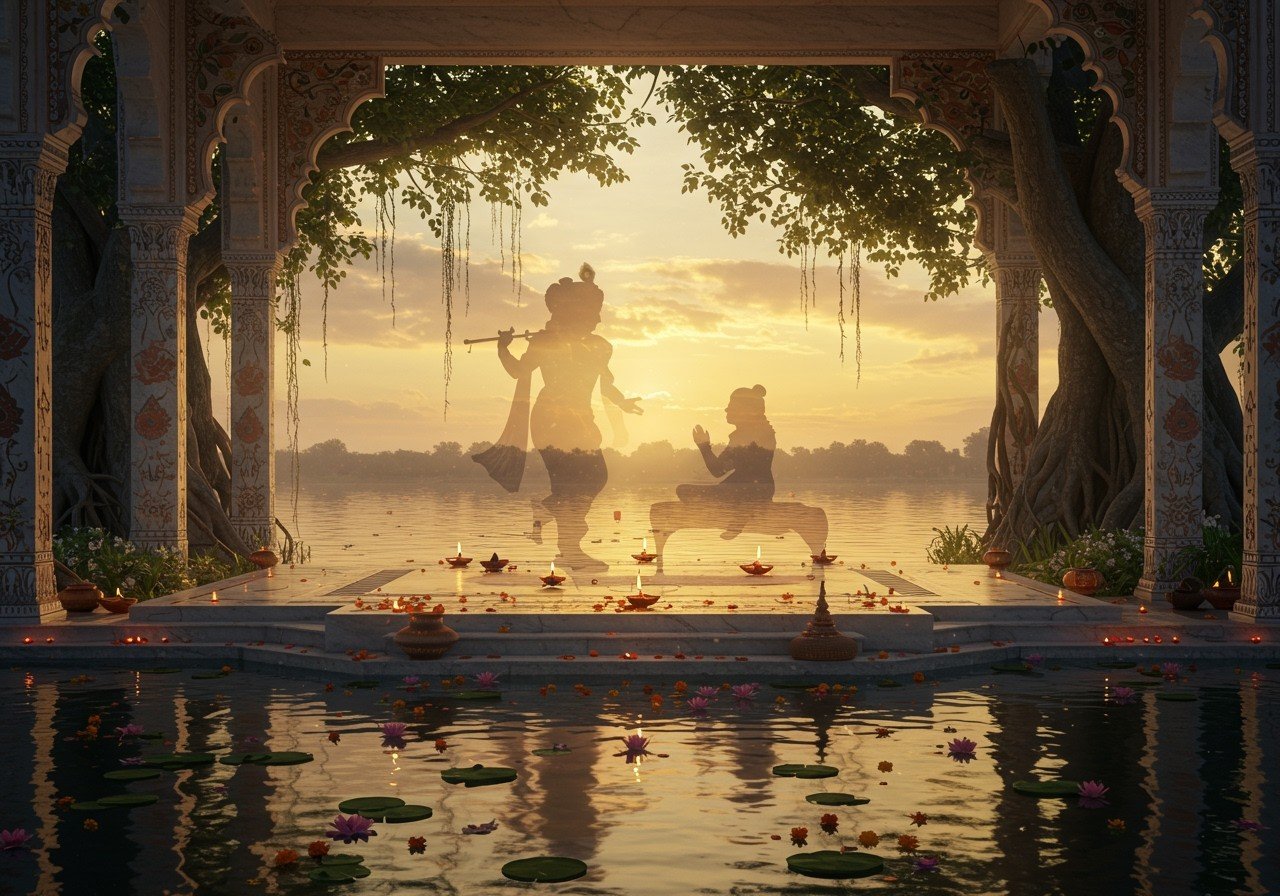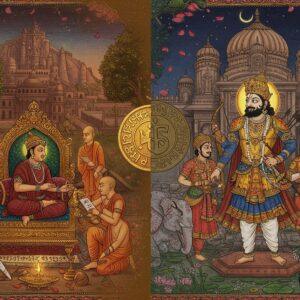
In the heart of Rajasthan, where every grain of sand tells a story of courage and grandeur, lies the ancient kingdom of Alwar. It’s more than just a place on a map; it’s a living, breathing chapter of our glorious past. The story of Alwar is a journey through time, filled with tales of mighty rulers, breathtaking architecture, and a culture that continues to shine brightly. Let’s take a heartfelt journey into this royal legacy that has beautifully blended with modern life.

The Dawn of a Kingdom: Alwar’s Storied Past
The roots of Alwar run incredibly deep, stretching back to around 1500 BC. In those ancient times, this land was part of the Matsya territory of Viratnagar, a region so old it’s even believed to be where the epic Mahabharata war took place. It is considered Rajasthan’s oldest kingdom, with a history spanning nearly 3500 years.
The initial foundations were laid by the Kachh family of Amber, followed by the Bada Gurjara Rajputs. But the true moment of glory, the day Alwar was born as an independent state, was November 25th, 1775. On this historic day, the brave Rao Pratap Singh of the Naruka clan raised his flag high over the Alwar Fort, carving out a kingdom for his people. He wasn’t just a ruler; he was a visionary who united different districts to create a strong, independent state.
As centuries passed, Alwar’s strategic importance grew. It was the first princely state in the 18th century to form a treaty with the East India Company, a testament to its leaders’ foresight. After India’s independence, a new chapter began. In 1948, Alwar joined hands with Bharatpur, Karauli, and Dholpur to form the Matsya Union. Then, on May 15, 1949, it officially became an integral part of the vibrant state of Rajasthan we know and love today.
Where Stones Speak: The Architectural Marvels of Alwar
To truly understand Alwar, you must listen to the stories told by its magnificent architecture. The majestic Bala Quila, standing tall on a hill, whispers tales of battles and royalty. The City Palace is a masterpiece, a beautiful conversation between Rajput and Mughal architectural styles, reflecting the rich, layered history of the region.
This artistic spirit isn’t confined to stone and mortar; it flows through the veins of Alwar’s culture. You can see it in the intricate designs of the Moosi Maharani ki Chhatri and the vibrant frescoes that adorn ancient temples. This deep appreciation for beauty and devotion is something we can all connect with. Bringing this vibrant culture into your own home is a beautiful way to honour our heritage. At Poojn.in, we understand this deep connection. You can find exquisite Holy Idols that reflect this artistry or prepare for your own family festivals with our authentic Pooja Samagri.
What’s in a Name? The Origins of “Alwar”
Ever wondered where the name ‘Alwar’ comes from? There are a few fascinating stories that have been passed down through generations. Some believe it’s derived from the mighty Aravali mountain ranges that cradle the region. Others suggest it was named after Alaval Khan Mewati, a significant figure in its history. Another popular belief is that Maharaja Alaghraj founded a city called ‘Alpur’ way back in 1049 A.D., which over time, lovingly became ‘Alwar’.
Alwar Today: A Tradition That Breathes
Today, Alwar is a beautiful blend of the old and the new. The echoes of its royal past now welcome tourists from all over the world, who come to witness its timeless beauty. It plays a crucial role in Rajasthan’s economy and culture, carefully balancing modern development with the preservation of its precious heritage. This is a place where traditions are not just remembered; they are lived every single day.
Understanding Alwar’s Enduring Legacy
Many people often wonder about the true historical significance of Alwar. Its importance lies not just in its age, but in its role as a cultural and political hub for centuries. It represents the spirit of Rajputana, its valour, and its deep-rooted artistic traditions.
Another common curiosity is about its architectural wonders and the great rulers who shaped this kingdom. Visionaries like Maharaja Pratap Singh, the founder, were instrumental in establishing its identity. The stunning forts and palaces are a direct reflection of their patronage and love for art and culture.
But this royal legacy is not just in monuments; it’s alive in the traditions of the people. You can feel it in the air during vibrant festivals like Teej and Gangaur. It’s in the skilled hands of local artisans who create beautiful crafts. To feel a part of this living tradition, you can adorn yourself or your deities with timeless pieces from our Holy Jewellery collection, each piece telling a story of faith and beauty.
Exploring Alwar, whether in person or through its stories, connects us to our roots. It’s a chance to see how our ancestors lived, celebrated, and built a legacy that continues to inspire us today. It’s a beautiful reminder that our culture is a treasure to be cherished and passed on.


